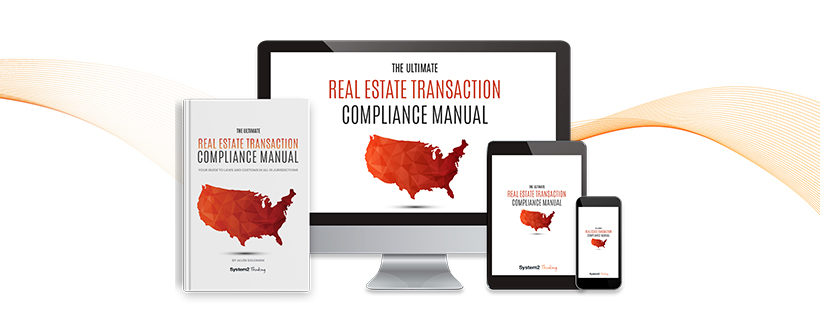The financial services sector greases the wheels of industry, funds innovation, and keeps America competitive on the worldwide arena—where would we be without it? Responsible investing makes the world go ‘round, and many of the nation’s best and brightest minds have become the moving forces in this industry.
The American people put a great deal of faith in our financial institutions. We allow them to grow “too big to fail,” tie up our economic wellbeing with their performance, and bail them out when they are in trouble. But what happens when banks take advantage of our good faith, making obscene profits while leaving our economy in shambles?
Nothing happens, apparently. These companies operate in a consequence-free environment—and they know it.
This August, the Securities and Exchange Commission (SEC) declined to bring criminal charges against Goldman Sachs, one of the banks whose recklessness and greed contributed to the devastating 2008 financial crisis our nation is still reeling from. There is a possibility the SEC will bring civil charges against Goldman Sachs, extracting what would be the equivalent of pocket change in the world of high finance. Meanwhile, the individuals and entities responsible for the crisis will not be held accountable.
So what exactly happened? The deeper you dig, the more damning the evidence.
At the heart of the crisis lie subprime mortgages. Homeownership is the American dream, and many who cannot reasonably afford a house still aspire to have one. Traditionally, a person with shaky credit history or poor documentation will be denied a mortgage. They might apply in good faith, with every intention of paying their loan back on time—but at the end of the month, good intentions can’t write a check, and underwriters who must be fully accountable for their actions usually decline to take such a risk.
But in the past decade, banks became more reckless as they took on subprime mortgages. They even lured customers in with introductory “teaser” rates, sweetening the deal so that financially illiterate borrowers would be induced to take loans they probably wouldn’t be able to pay once the true, steep interest rates kicked in. This risky mortgage debt was then batched together and sold and resold to third parties.
In 2006, Goldman Sachs executives realized they were sitting on over $2 billion of junk debt. The subprime chickens were coming home to roost: once the borrowers began defaulting—and it was clear they would soon be defaulting—those securities would become practically worthless, ripping a large hole in the American economy.
So what did Goldman Sachs do? Instead of taking steps to nip the looming financial crisis in the bud, it shuffled the mortgage debt around and batched it so that it would receive a falsely high rating from rating agencies. Goldman Sachs thus helped create a massive bubble—assets valued in the billions but practically worthless. They aggressively sold these toxic assets to third parties. And then Goldman Sachs used its insider knowledge of the impending worthlessness of these securities to bet against them and made billions in the process.
Internal memos and emails indicate that Goldman Sachs executives were fully aware of what they were doing (even mocking the suckers who bought the garbage bonds). In the end, it was the taxpayers who had to pay the price once the bubble popped. Goldman Sachs itself received about $13 billion from the AIG bailout—an insurance payout for the securities Goldman Sachs knew would fail.
Goldman Sachs played a corrupt system against itself and profited off the American people in the process. The masterminds behind these dealings were aware that they would suffer no personal repercussions for their actions, and to date Goldman Sachs has been fined only $550 million dollars. Now that SEC has declined to pursue any criminal charges, Goldman Sachs only faces the possibility of the piddling fines that would be taken from it in civil suits.
This is outrageous.
Banks and other major financial institutions have worked for the past two decades to erode the power of regulatory agencies—we must bring back accountability, create real consequences, and eliminate the incentives that cause banks to take unreasonable risks. No bank should make a profit at the taxpayers’ expense by betting against itself or sabotaging other institutions





